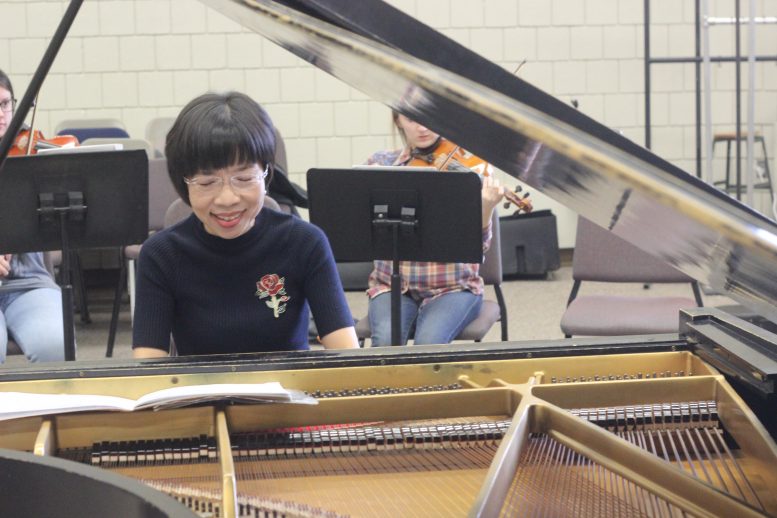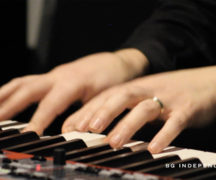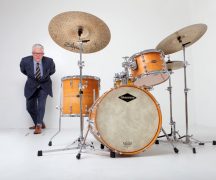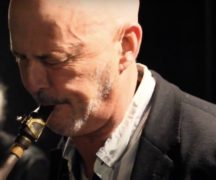By DAVID DUPONT
BG Independent News
A quintessential piece of American music, will get a fresh sound when pianist Solungga Liu performs “Rhapsody in Blue” with the Jazz Lab Band I, conducted by David Bixler, using the original, and less frequently played, jazz band orchestration.
The iconic one-movement piano concerto by George Gershwin will be presented Friday, Nov. 22, at 8 p.m. in Kobacker Hall.
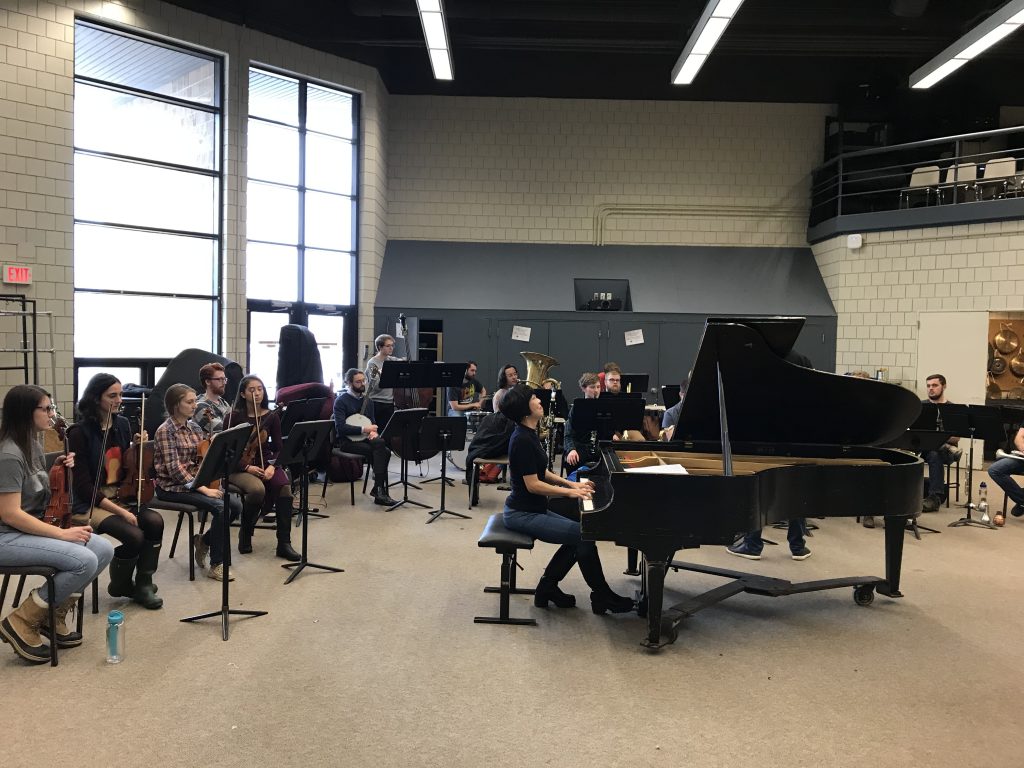
When the piece was first performed in 1924 by the Paul Whiteman Orchestra, it was played by an ensemble of about 20 players, much smaller than the now more common symphonic version.
“This is happy music,” said Liu, who initiated he collaboration with the jazz ensemble. “It’s hilarious. Whenever I hear different instruments playing the solo tunes, I just want to laugh. It’s so wonderful.”
This will be Liu’s second performance of the Rhapsody, which she first heard as a young pianist growing up in Taiwan.
Liu performed it last July in Brazil. This coming April she will perform it with full orchestra in Washington D.C.
A composer friend suggested when he heard she was working on the piece that she consider doing it with Bixler and the lab band.
Liu was surprised when Bixler readily agreed. He did so, he admits “without any investigation.”
He assumed it was an arrangement of the standard orchestral score for big band. Then he saw the parts including four violins, oboe, a banjo, and of course, clarinet, that sounds the famous slippery lick that opens the piece.
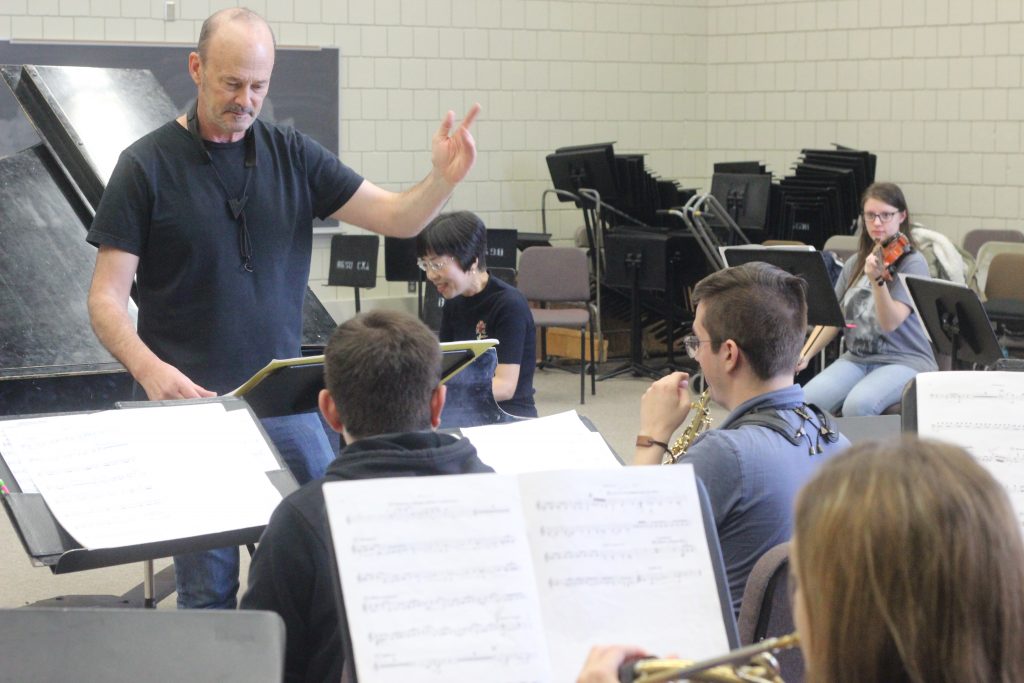
He also realized that this would require him to actually conduct, which is not part of his skill set. “My job is to rehearse the band and instill in them what they have to do. Basically I’m a chaperone when we do the concert.”
That is to say he is not a conductor, so in rehearsing for Friday’s performance he’s taking a similar approach of rehearsing the ensemble enough so they are not relying on him for live cues.
A friend who is a conductor “walked me through the whole thing.” His advice to Bixler: “Just use your musicianship.”
“I learned so much,” Liu said of her interactions with the jazz band. Certain parts of the music “made no sense to me, but ever since I started to rehearse with the jazz band I understand the syncopations and articulations.”
The performance features an altered lab band that calls for two trumpets, two trombones, tuba, two French horns, and five reed players covering the original three parts. The reed players in the Whiteman orchestra would have played saxophone as well as oboe or clarinet. But those parts are “pretty treacherous,” so Bixler brought in a clarinetist and an oboist, who will play some saxophone.
The banjo is a tenor banjo, which has the same tuning as a guitar, so guitarist Peter Kharchenko took up the four-stringed instrument for the piece.
“They’re definitely out of their normal roles,” Bixler said.
The balance between the soloist and the ensemble is different with Liu having long unaccompanied passages.”It’s not like they’re with me the whole time,” the pianist said.
The rhythms are neither what they’d play in jazz ensemble or orchestra. They are more akin to ragtime, Bixler said. “You can hear New York in the teens and twenties.”
The concert, which will also include several numbers played by the Jazz Lab I in its usual configuration, is being presented as part of the High School Honor Band Clinic. Tickets are $8 and can be purchased at bgsu.edu/arts.

